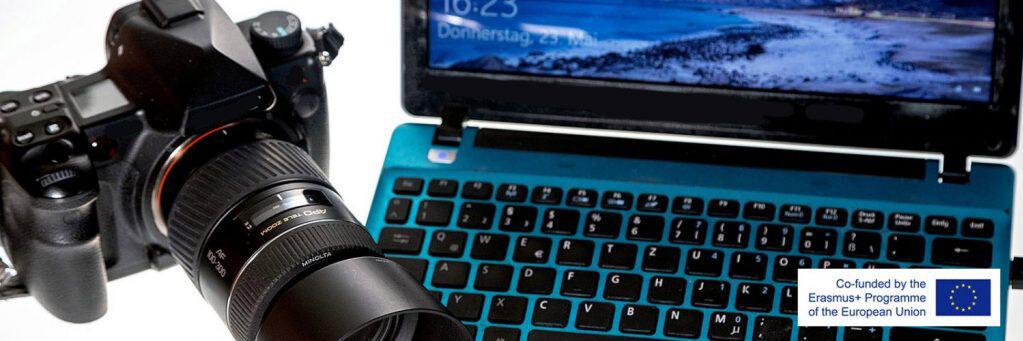In the frame of the project, three different Intellectual Outputs have been created.
Contents
IO 01: The CICERO course to teach digital competences
This course about digital photography to teach the participants digital competences. This course follows the flipped learning approach (as developed by Jon Bergmann). This means basically competency based Blended Learning, where theoretical knowledge is conveyed in modern Onsite teaching (using an active teaching approach), while various hands-on activities will be performed by the learners independently (distance learning). Distance learning will focus on the practising of learned techniques, the creation of images, and the practising of digital competences.
Read more about this course and the concept behind.
IO 02: The CICERO Cultural Heritage Pictures Database
This output needs two different parts: the theoretical definition of the database (with the necessary technical implementation) and the content stored in the database (using structured datasets). Registered users may contribute to the database and upload their images!
Visit the database and check the images!
IO 03: The transferability guide
This guide is split into two parts: One part is focusing on the digital competences, the other puts the emphasis on the cultural heritage database.
You may use the guide to create your own courses compiled from the CICERO Course material. This content fits not only for Adult Education, but for other fields of education as well. Have a closer look at the guide here.
Part A: The course
First, this guide describes precisely the innovative approach, the various possibilities to use this approach (as project-based training or also in a cooperative setting).
A detailed description of the course (including the variations mentioned above) is given for School Education (SE), Higher Education (HE), and Vocational Education and Training (VET). A special chapter is dedicated to evaluation methods for courses transfered to other fields of education.
Part B: The database
This part of the guide explains
- The use of the database in other educational fields (SE, HE)
- The idea and concepts of the database (as an example of good praxis) for project-based learning, teaching, and training (SE, HE).
Proposals and case studies will complete the examples of transfer.
